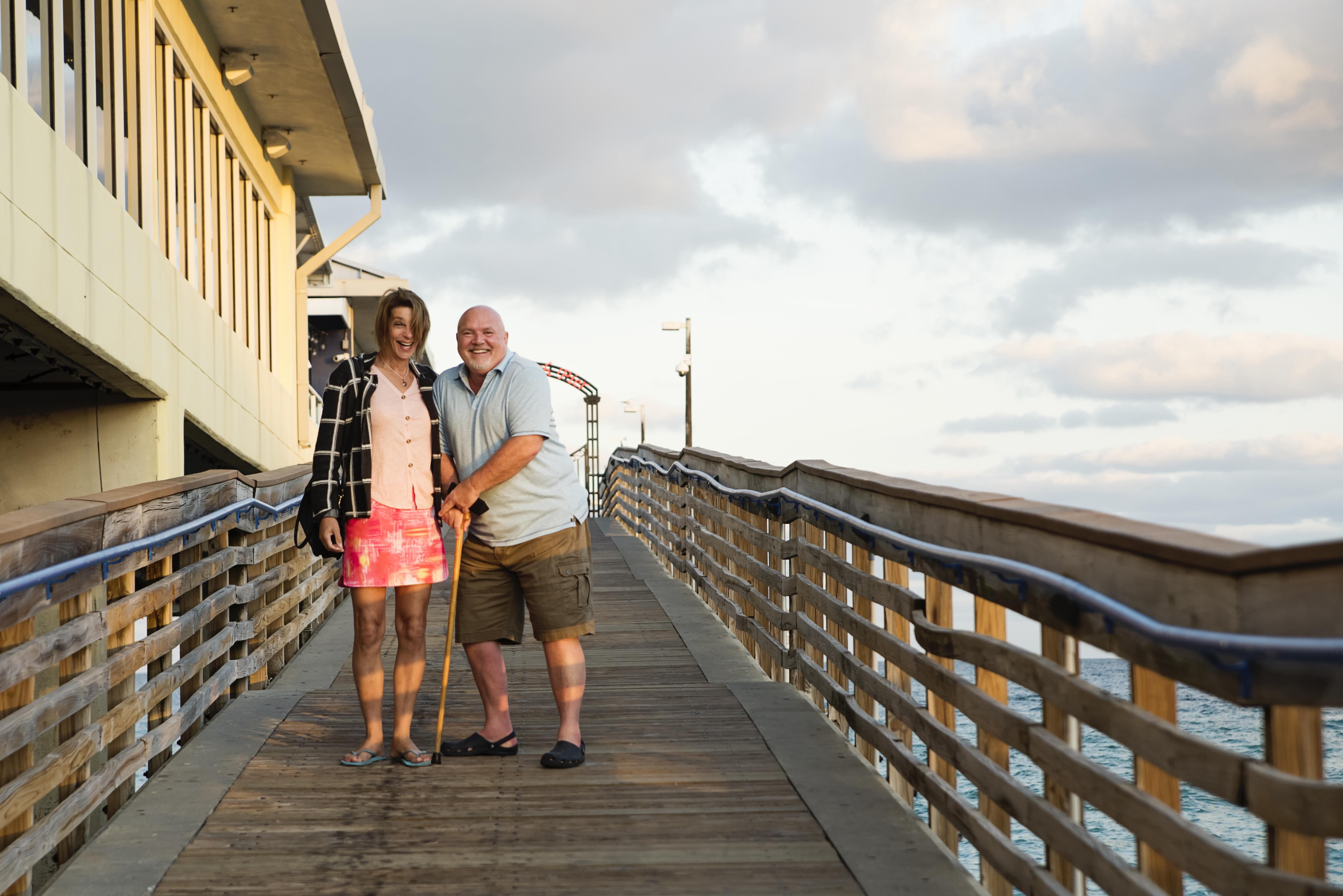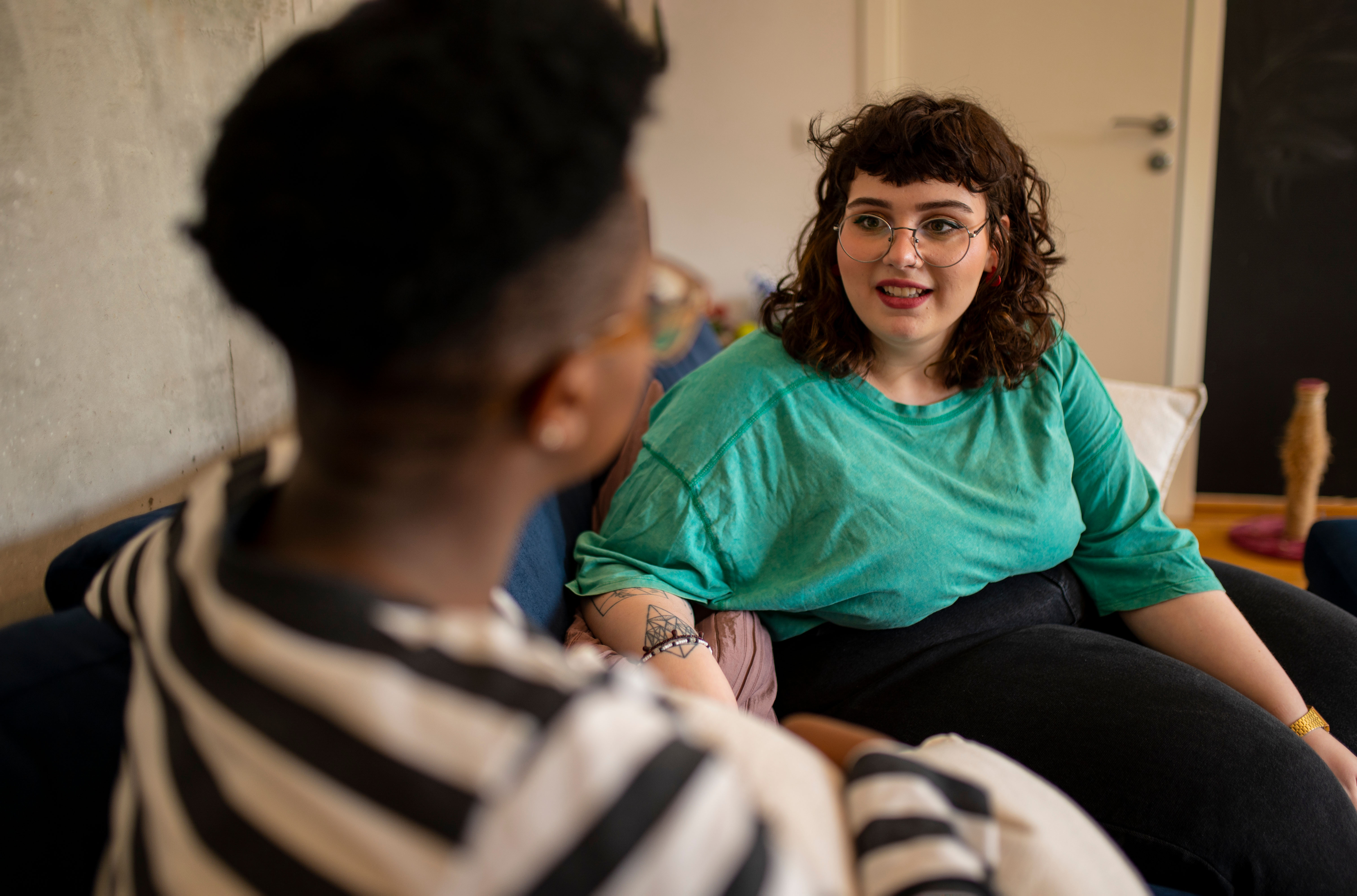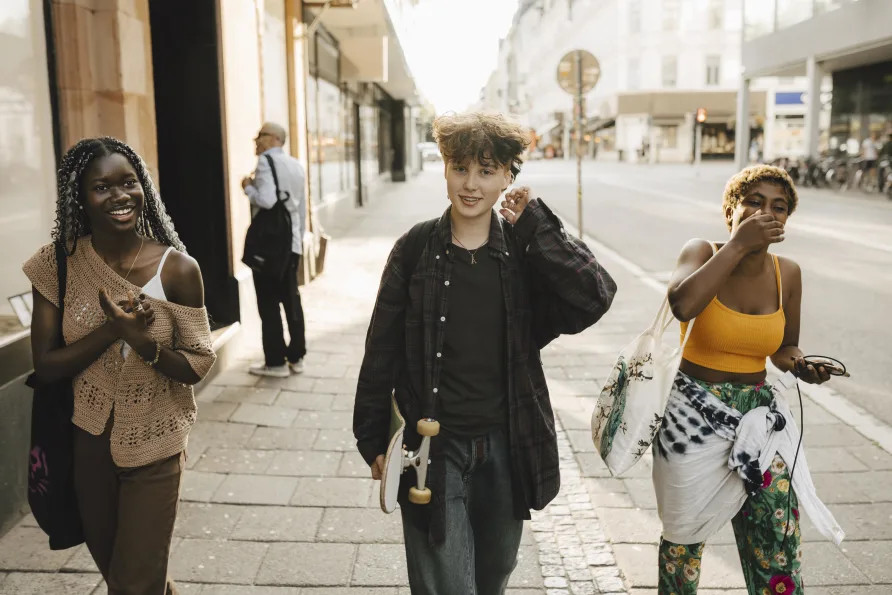
Health & Medicine
Dispelling the myths about transgender people

New research finds that a growing number of non-binary people have or want to affirm their gender medically
Published 26 March 2024
*Throughout this article we reference people’s presumed gender at birth, which may seem ironic as we are talking about people whose gender identity was assumed incorrectly. We use this to define the unmet medical needs of non-binary people, as they must fit into a binary medicalised system, and as a way to make our comparisons easier for readers to understand.
Contrary to the myth that non-binary people rarely or never want gender affirming hormones and surgery, our latest research shows that it’s much more common.
While most people understand what it means to be a trans woman (a person presumed male at birth but is a woman) or trans man (a person presumed female at birth but is a man) – non-binary people are not as well understood.

Because of this lack of awareness, non-binary people often face greater rates of discrimination which can lead to higher rates of depression and suicide compared to trans women, trans men and their cis peers.
On this Trans Day of Visibility, it’s important to spotlight non-binary identities and experiences.
We have many non-binary staff in our team at Trans Health Research (more than any other gender identity, in fact) and want more action to support non-binary identities.

Health & Medicine
Dispelling the myths about transgender people
Non-binary is a broad umbrella term for people who have a gender that does not fit exclusively into the woman/man gender binary.
Under this umbrella, some people use more specific gender labels to describe their gender experience – including genderqueer, genderfluid and agender.
About two per cent to 4.6 per cent of the population is non-binary.
Within the Australian trans and gender-diverse community, our survey respondents were split approximately one-third trans women, one-third trans men and one-third non-binary.
Like Australia’s population as a whole, non-binary people are highly diverse.

They may affirm their non-binary gender in different ways, including social affirmation like changing clothing, name and pronouns, and legal affirmation, like changing their legal name and/or gender.
Although the Australian Government has recognised non-binary genders for more than a decade (with an ‘X’ gender or sex marker), non-binary people continue to face barriers to legal recognition in some states and territories.
Just as non-binary people are diverse in how they socially and legally affirm their gender, so too are the ways that they may or may not medically affirm their gender.

There is a common misconception that non-binary people rarely, if ever, pursue medical gender affirmation – that is, gender affirming hormone therapy and/or gender affirming surgery.
However, as our recently published peer-reviewed research shows, a growing number of non-binary people have or want to affirm their gender medically.
For a very long time, non-binary people faced significant barriers to accessing gender-affirming hormones and surgery.
Older treatment guidelines often involved mental health assessments and a requirement to conform to binary ideas of gender. Hormone therapy was only provided at full standard doses and only if someone had lived as a trans woman or trans man.

Non-binary people often had to pretend they were trans women or trans men in order to access what they needed as many doctors refused to provide healthcare or alternative doses of hormone therapy to non-binary people.
It was just over a decade ago, in 2013, that the American Psychiatric Association updated their holy grail, the Diagnostic and Statistical Manual (DSM), to stop pathologising trans people as having a mental disorder.
Thankfully, in recent years, a more individualised, patient-centred approach has shifted us to an Informed Consent Model of Care, which positions the trans person as the expert on their own gender.

Politics & Society
The human cost of homophobia and transphobia
This approach has improved access to gender affirming hormone therapy.
Our recent research found only a 10 per cent unmet need for hormones amongst non-binary people. This is compared to older surveys in 2013 and 2020 which found nearly 50 per cent had unmet need.
Similarly, barriers to surgery have also reduced.
Non-binary people (and all trans and gender diverse people) can take different approaches to hormone therapy and surgery.
Our research showed that 44 per cent of non-binary people want both hormones and surgery, eight per cent don’t want either and the remainder fall somewhere in between. Many non-binary people said they were still thinking about what is right for them.

While some non-binary people access hormone therapy doses that are typically associated with trans men or trans women (referred to as full standard doses), others use hormone therapy at lower doses or for shorter periods of time to achieve their gender affirmation goals.
There are also different approaches to surgery.
For example, while some non-binary people presumed female at birth want a ‘typically masculine chest’, others may seek different surgical outcomes, like different nipple placement, complete removal of the nipples or a non-flat chest.

Health & Medicine
Challenging five years of transphobia
In non-binary people presumed male at birth, different options may include the creation of labia without the construction of a vagina, removal of testicles without construction of a vagina or construction of a vagina while keeping the penis.
In our survey of 271 non-binary Australians, 66 per cent had used or wanted hormone therapy.
Among the non-binary survey respondents presumed female at birth, nearly half reported that they were using testosterone therapy. In non-binary people presumed male at birth, 59 per cent reported they were currently using gender-affirming hormone therapy to either increase oestrogen or to decrease testosterone.

If we look at gender affirming surgery, nearly half of the non-binary people we surveyed had or wanted surgery.
In non-binary people presumed female at birth, 23 per cent of people surveyed wanted but had not had any type of surgery. In non-binary people presumed male at birth, 26 per cent desired surgery but haven’t accessed it yet.
In general, the unmet need for all gender-affirming surgery remains very high.

Business & Economics
Why more Australians are supporting gay rights
In non-binary people presumed female at birth who reported they had had or wanted surgery, around 43 per cent had not been able to access surgery. No one we surveyed had accessed metoidioplasty or phalloplasty (surgeries to create a penis).
In non-binary people presumed male at birth, the unmet need for surgery was even higher – of those who had had or wanted surgery, 82 per cent had not been able to access it.
In Australia, there’s a profound lack of surgeons performing gender-affirming surgery and all these surgeries are performed in the private sector.
This means high out-of-pocket costs that range between $AU10,000 for chest surgery to over $AU100,000 for some types of phalloplasty, making it inaccessible for most.
In promising news, there has been a submission to the Medical Services Advisory Committee to create new gender affirming surgery item numbers. If successful, it will hopefully encourage more surgeons to train in gender-affirming surgery.

Contrary to the myth that non-binary people rarely or never want hormones and surgery, it is in fact common.
Like trans women and trans men, non-binary people can benefit immensely from access to hormones and surgery, improving their quality of life, mental health, with reductions in gender dysphoria and suicidality.
There must be more diverse approaches to gender affirmation for non-binary people that provide individualised, patient-centred care that ultimately improves their physical and mental health as well as their quality of life.
It is okay not to be okay. Trans-affirming support is available, including:
· DISCHARGED peer support groups
· Trans Vitality Toolkit website
There are also many localised organisations and peer support groups that can offer support or referral.
Mainstream (non-LGBTIQA+ specific) services are also available, including:
· Beyond Blue Phone and webchat
· 13 Yarn
Banner: Getty Images